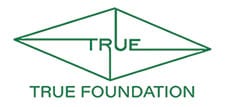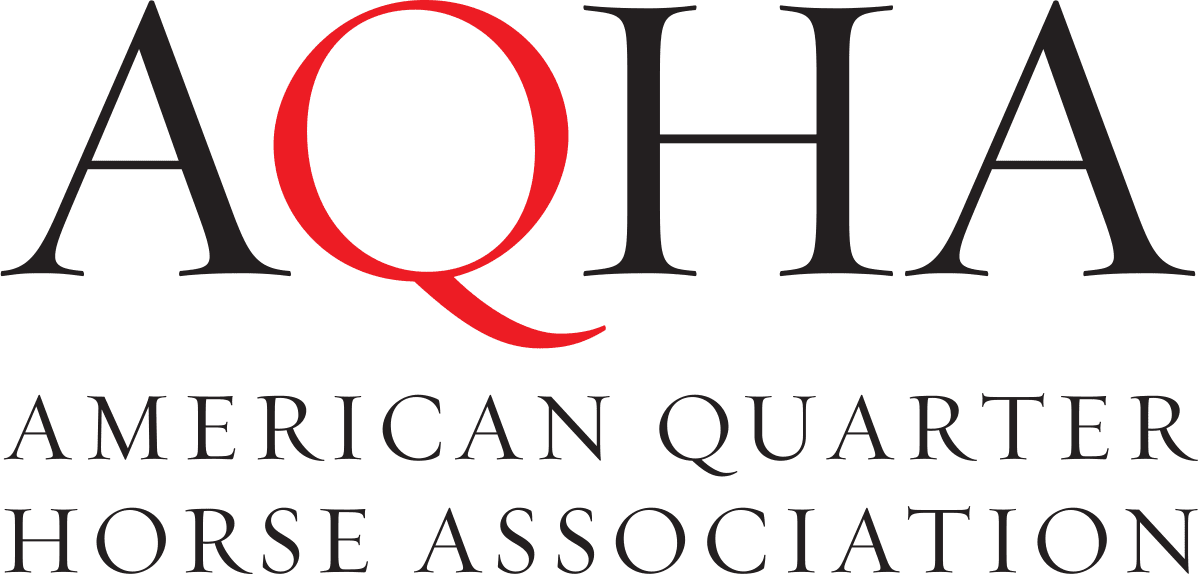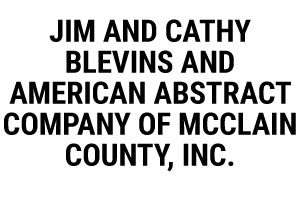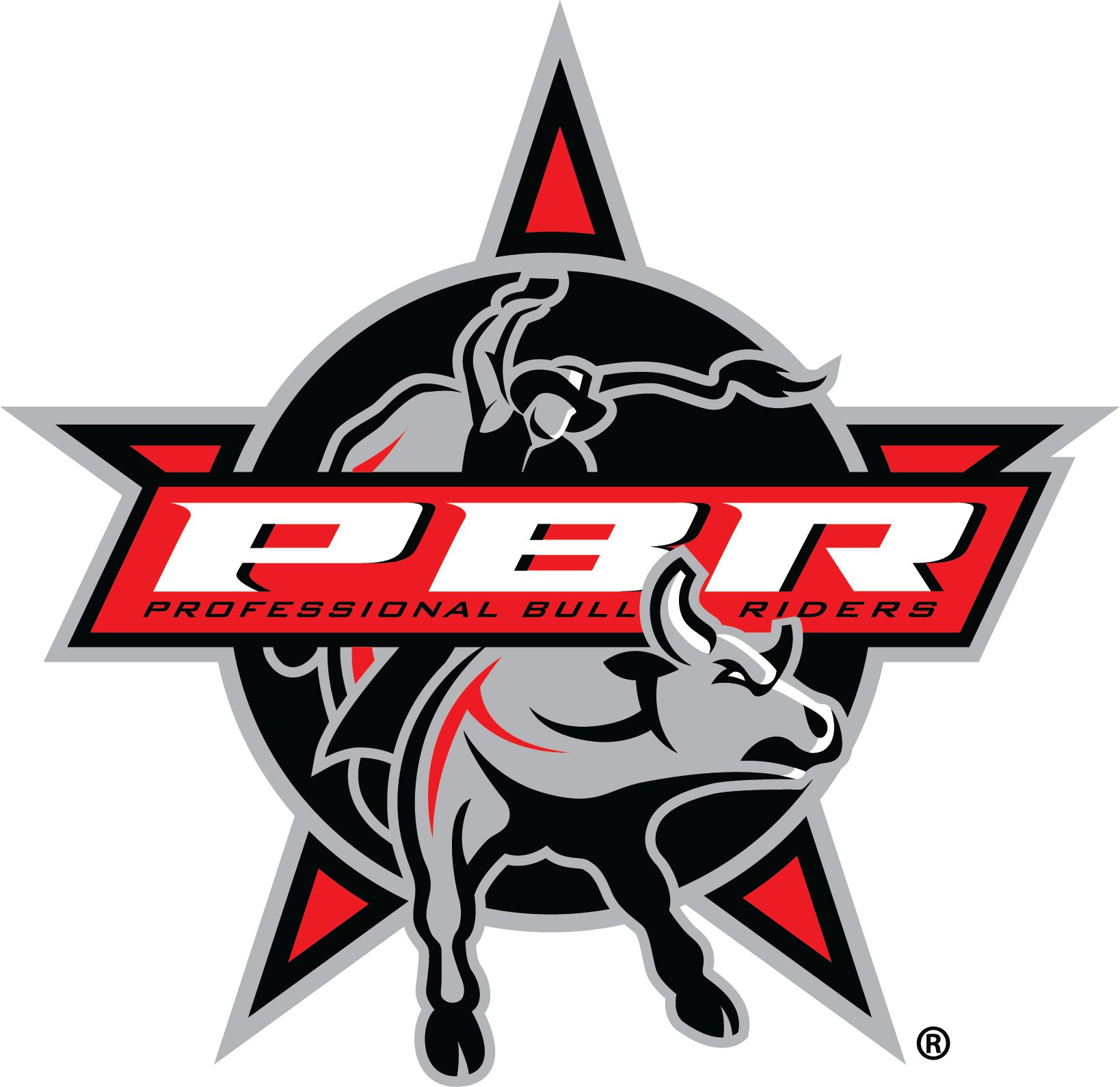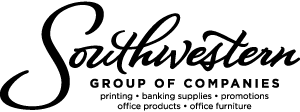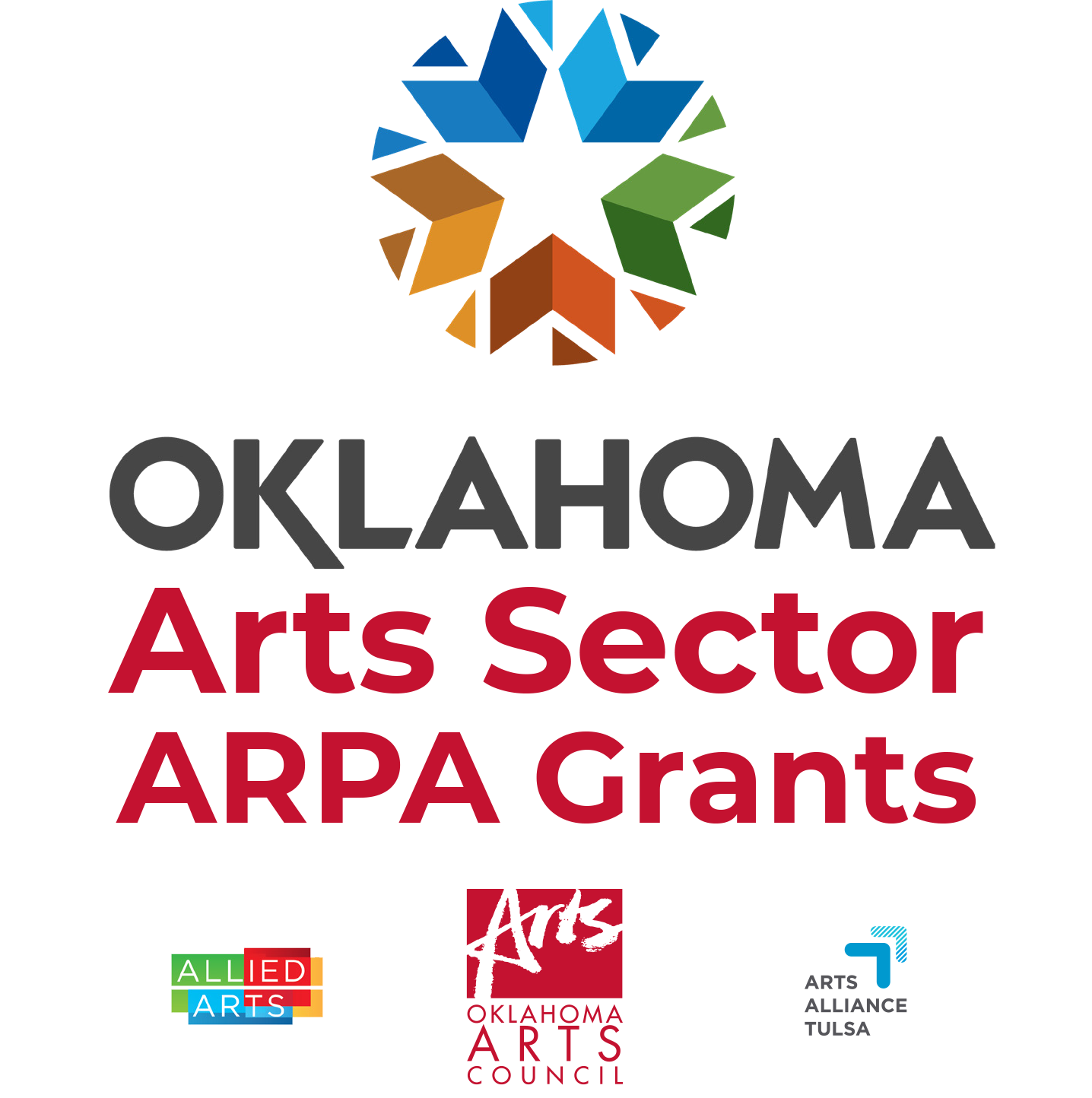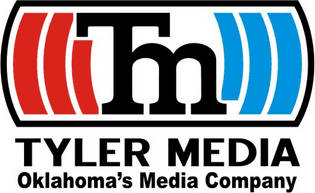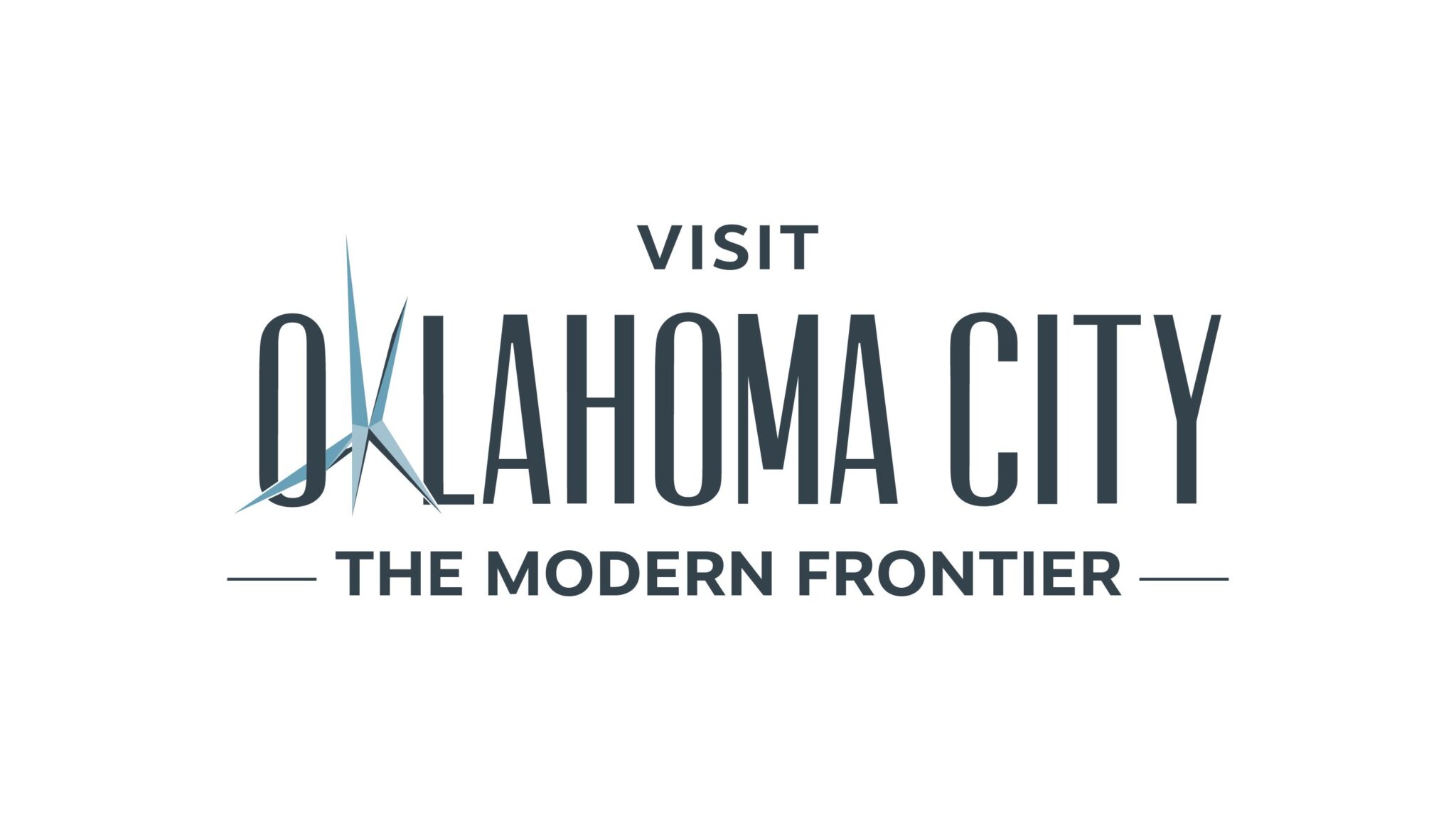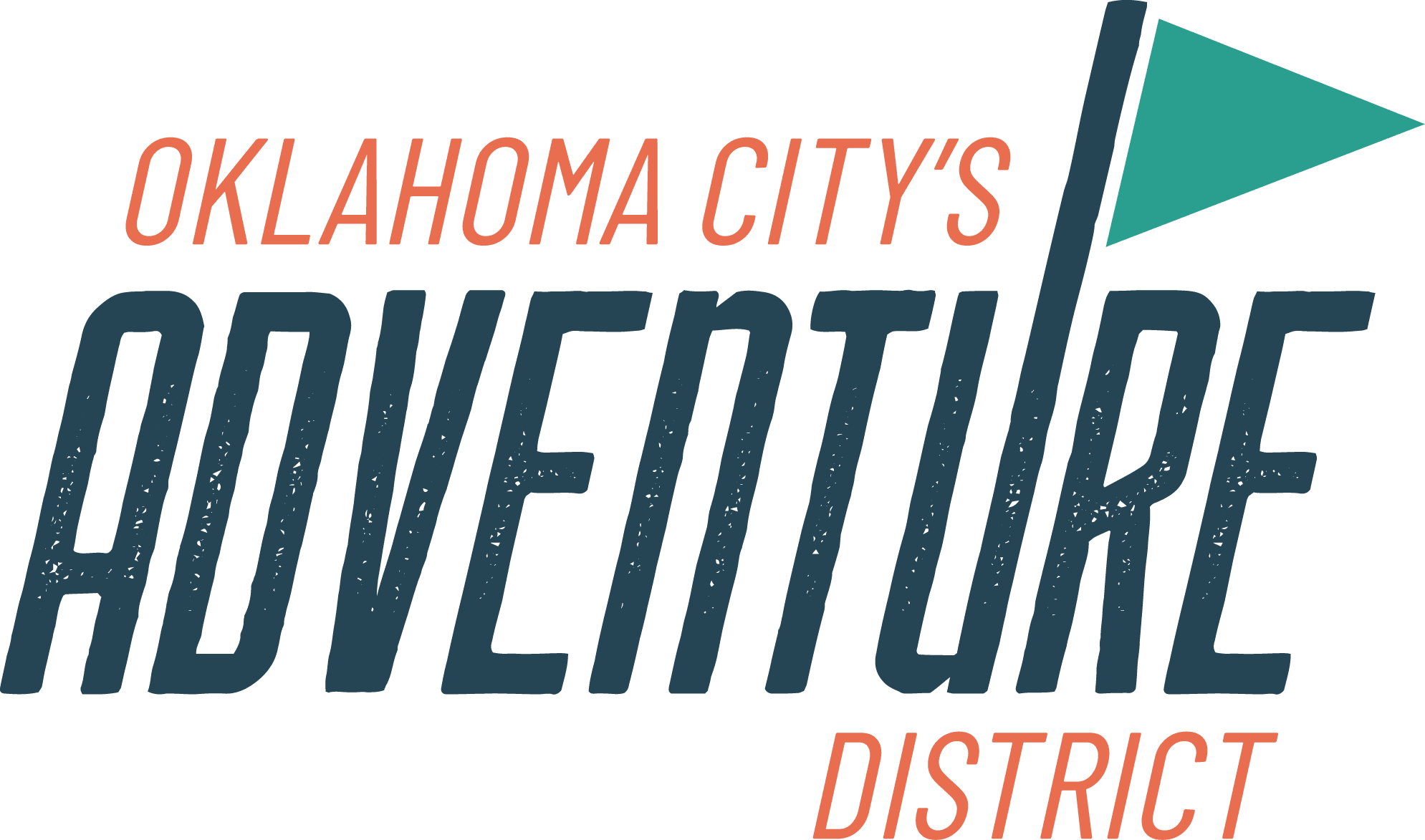
Theodore Roosevelt Hunting has been a fixture of North American life from long before the founding of the United States. Before and after the coming of European settlers, hunting game was an important aspect of Native American life. Jamestown founder John Smith relates the earliest recorded instance of European hunting activity: 148 wildfowl killed with three shots. We have been a nation of hunters ever since. Hunting in the United States is usually divided into three types, based on the motive of the hunter: subsistence hunting, market hunting, and sport hunting. A hunter may have more than one motivation. For example, a subsistence hunter, focused on acquiring food, might also enjoy the sport of tracking game, and most sport hunters also eat their kills. However, a particular type of hunting tended to predominate at different points in our national history. Colonial times through the middle of the 19th century marked the heyday of subsistence hunting, especially in frontier areas. The coming of railroads in the West ushered in the main period of market hunting, which lasted until the large herds necessary for profitability were eliminated around 1900. Sport hunting in the West has been pursued from before the Civil War-era until the present, first by aristocrats and military officers, and later by the broad middle class. The photography of hunters and hunting also arises from multiple motivations and can be examined from multiple perspectives. First, there is the distinction between personal and commercial photography. All the stereographs in this exhibit were manufactured to be sold as a commercial product. When viewing the stereographs, ask yourself why the photograph was taken and what might motivate a consumer to purchase a particular image; what makes one image commercially viable while another is not? Most of the non-stereograph images in the exhibit were taken for personal reasons, usually to commemorate a particular hunting trip, game trophy, or firearm. What is depicted in each of these photographs was important to someone. Try to figure out why a particular photograph was taken. Second, the photographs can be viewed based on subject matter. This selection of hunting photographs reveals four main subject categories: portraits, hunters with their kills, hunting camps, and posed commercial photographs. Portraits include single and group shots with various guns and trophies, usually after a trip to the taxidermist. The images of hunters with their kills have more immediacy. Hunters, sometimes still dirty from the hunt, pose with their recently harvested game animals. Photos of hunting camps often also show dead game, but the campsite, tent, cooking arrangements, and the hunters themselves are the focus of these images. Posed commercial photographs encompass the stereographs mentioned above, but also in one instance include an image created to advertise a particular brand of ammunition. Finally, the photographs can be examined based on format. The exhibit features a variety of photographic formats including an ambrotype, tintypes, mounted photographic prints, and several kinds of stereographs. Where appropriate, exhibition labels highlight information about these different photographic formats. Page jumps: Portraits ~ Hunters With their Kills ~ Hunting Camps ~ Posed Commercial Photographs |
Portraits This elderly hunter has transported his collection of hunting trophies to the photography studio to commemorate his life-long passion. The stuffed bear cub and fawn, almost hidden behind the larger deer, bespeaks the hunting ethics of another time. The chain leash behind the fox may indicate that it is alive, although this seems doubtful. The old hunter is holding a Model 1873 Winchester rifle. Is it possible that he, himself, was a taxidermist in earlier years?  The caption on the back of this photograph indicates that Thomas Hills (left) was an avid hunter, primarily in the Riding Mountains of western Manitoba. Here, Hills and an unknown man pose in a photography studio with two large trophy elk. Hills is holding a Model 1895 Winchester sporting rifle and his younger companion is holding a European sporting rifle. Thomas Hills died in 1924.  A hunting party of five men photographed in the business district of Douglas, Wyoming, just before departure. The presence of a pack of greyhounds suggests these men were hunting coyotes or some other predator. The photograph, which was taken with snow on the ground, shows the West in transition; notice the presence of electric power lines and the absence of motorized vehicles or tire tracks.  These two young hunters are displaying half-stock, percussion sporting rifles almost as tall as they are. The gun on the left is heavily ornamented with silver and would have been quite expensive. Both young hunters are wearing large leather game bags and powder horns around their necks, although only the powder horn on the right is visible.  Noted Colorado and Wyoming photographer and photographic paper manufacturer Charles D. Kirkland took this studio portrait of a hunter. The man is wearing a stylish buckskin coat and pant ensemble with stitched or beaded decoration. He is also wearing a holster, cartridge belt, and pistol. The evident lack of wear on these items suggests they may be studio props and the subject more dude than hunter. The man is holding a Model 1876 Winchester rifle.  This hunter is holding a double-barrel shotgun and has a large macramé game bag around his neck. The photograph’s most unusual aspect is the trophy deer head and partial cape he is holding under his arm. Although it is not uncommon for hunters to pose with their trophies, actually holding the trophy in this way is quite unique. Also notice that the photographer has lightly rouged the cheeks of the hunter in this portrait.  Stylishly dressed hunter Georgia Gray poses in the studio with her sleeping hunting dog and Stevens Ideal rifle.  This is a studio portrait of a father and two sons with their rifles. The man is holding a Model 1876 Winchester rifle, the boy in the middle is holding a Model 1873 Winchester rifle, and the boy on the left is holding what appears to be a buggy or pocket rifle or possibly an air rifle. The man is dressed like a farmer and the two boys have a delightful “Huck Finn” look with their hats, knickers, and bare feet.  This nattily dressed hunter is holding a military-style percussion rifle musket. The case is made of a thermoplastic, often called gutta percha, which was one of the first of the natural plastics to be used commercially. An ambrotype image such as this is actually a glass negative made positive by placing it in front of a black background; it is also a lateral reverse image, in other words, a mirror image of the actual photographed scene (thus, the lockplate appears to be on the left—wrong—side of the weapon). Hunters With Their Kills Two stereographs that provide an example of the same image, released by two different companies, with two different titles, in two different formats. Sometimes a true photographic stereograph would be released later in a cheaper edition or even colorized, as is the case here. Both cards were printed using the less expensive half-tone printing process rather than true photographic reproduction. Incidentally, this is clearly not the “last buffalo,” the photograph may not have been taken in Yellowstone National Park, and the Model 1892 Winchester rifle pictured was not powerful enough to easily fell a buffalo.   Six Wyoming hunters pose in front of nine antelope carcasses hung on a log supported by a tree and a wagon. Guns pictured in the photograph include a Model 1893 Marlin lever action rifle, a Model 1886 Winchester carbine, and a Model 1895 Winchester lever action rifle. This is a dirty, hard-bitten group of hunters; note the hands and pants of the man lying down in front and the facial expressions of the men.  Two female hunters, attired in identical fringed leather blouses and skirts, examine a bull elk, apparently felled by the woman standing over the animal. By 1900 increasing numbers of women were defying traditional gender roles and seeking hunting adventures in the West. The curvature found in this and many other stereographs is deliberate, and not the result of age-related deterioration. The curved mount was thought to aid the illusion of depth better than a flat mount.  Photograph of a bearded, subsistence or market hunter posing with two elk, which he shot in the Sultan Basin of the Cascade Mountains in western Washington State. The hunter carries his rifle on a sling and wears a cartridge belt.  An example of a popular sub-genre of hunting stereographs that features a group of hunters gathering around a dead animal to determine who is responsible for the kill. The hunter on the left has an interesting pair of high lace-up boots and a Model 1895 Winchester rifle; the hunter on the right has an unidentified bolt-action rifle.  J. L. Grandin (standing in rear by platform wagon) was the owner of one of the largest bonanza wheat farms in the Dakota Territory. Here he is pictured with his wife (left) and her friend Miss Hague (right), who have successfully hunted wildfowl and small game. Haynes was the official photographer of the Northern Pacific Railroad, producing one of the finest collections of Dakota Territory images in existence.  An unknown hunter poses with a dead black bear on a farm wagon in front of a plow and implement dealer. The wagon has the legend “435 lbs.” written in chalk on the side, possibly referring to the weight of the bear. The hunter is proudly displaying the Model 1886 Winchester rifle used to shoot the bear. The two gentlemen in bowler hats and starched collars are no doubt on-lookers rather than hunting companions. Hunting Camps These three young hunters have packed their gear to their forest camp on horseback, as can be seen from the Western stock saddles displayed in the photograph. The hunters are using Winchester and Marlin repeating rifles and have already bagged one doe, which has been hung from a tree. Also hanging from various tree limbs are articles of clothing, a rifle scabbard, and a flask. In addition to the flask, these young men have prominently displayed a whiskey bottle in the lower left of the photograph. The hunters are wearing Mills cartridge belts and the man in the middle is wearing a bib-front shirt.  Dinner at a hunter’s camp showing the tent, cook fire, and eating utensils. The man on the left is wearing a fringed buckskin shirt and a high-crowned Mexican-style hat. Two lever action rifles, probably Winchesters, are leaning against the tree. The stereograph bears the legend, “Sold only by canvassers,” which indicates that this card was sold by door-to-door salesmen.  Three rather formally dressed female hunters pose with their guns and their Springer Spaniel dog in front of a tent. The rifle leaning against the tent is a Model 1873 Winchester; the woman on the left holds a Model 1892 Winchester. The women are clearly “mugging” for the camera, with the woman on the right aiming her pistol at the photographer and the seated woman holding a liquor bottle on her lap.  This is a bucolic hunting camp scene photographed near Lake Abundance, Montana. The standing hunter sports a Deluxe Model 1886 rifle with a half-magazine and a cartridge belt. Note the Spanish language caption under the English caption; this stereograph could be used for export to Central and South America.  Photograph of a large multi-generational and multi-racial hunting camp in Indian Territory. Members of the camp include an African American, who appears to be attired as a cook, an American Indian, and a large number of Anglo American hunters, both young and old. The tree on the right of the photograph has been decorated with a variety of dead game including a deer, raccoon, bobcat, and squirrel. This rare and unusual stereograph is known as a tissue stereograph, sometimes called a French tissue. The tissue format was first developed in France and became available commercially in 1855. This particular card, manufactured by Underwood & Underwood, features colors on the reverse of the tissue to heighten the realism of the image when viewed against a light source.  It is hard to understand why this photograph was taken, except perhaps as an example of how not to maintain a campsite. This trash-filled camp also features some shabby cooking arrangements. These two slovenly individuals give hunters a bad name. Although they do have weapons, one of which is possibly a Model 1887 Winchester lever-action shotgun, their only discernable trophy is a large pair of scavenged elk antlers, bleached by prolonged exposure to the elements. Posed Commercial Photographs Two very theatrical, posed stereographs of bear attacks. The “fight for life” stereograph features a posed tableau of a man with a broken shotgun fighting a bear while his comrades rush in to attack with a rifle butt and hatchet. The other stereograph includes a mounted standing bear (with its base obscured by some convenient pine boughs), one man up a tree, one scrambling away, and the other attempting to shoot the bear. Oddly, the original title of this stereograph has been scratched out on the negative. It is unclear whether these stereographs were meant to be taken seriously, since even a cursory examination reveals their fakery; however, the title on the Keystone card seems to indicate a serious intent.   This posed image of a hunter and guide is probably an advertising photograph for the Peters Cartridge Company. The two men are displaying a box of Peters cartridges for the camera in a time-honored advertising convention that can still be seen in contemporary television ads for pain relievers and similar products. The guide holds his client’s bolt-action rifle, possibly a military rifle that has been “sporterized.”  An example of a not-very-credible attempt to create an exciting, hunting action shot for the stereograph market. Although virtually all commercially produced stereographs are posed on some level, this image is clearly faked. The dead elk is posed to give the impression of having just fallen and then the “hunter” fires his rifle for the photographer. Additionally, the “hunter” is not credibly positioned; although the commentary on the back of the card relates instances of elk charging hunters, this “hunter” is virtually unprotected and in the open. |
